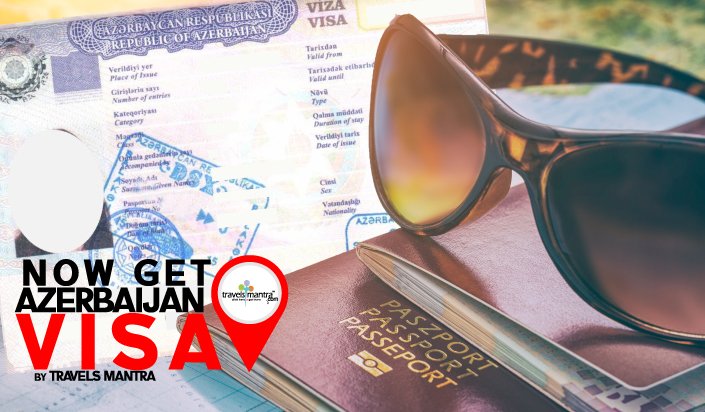Welcome To Hungary – The Heart Of Europe
Hungary, the landlocked country in Central Europe. Budapest, the Capital city of Hungary, bisected by the Danube River. Budapest, famed for dramatic cityscape studded with architectural landmarks from Buda’s medieval Castle Hill and the grand neoclassical buildings along Pest’s Andrássy Avenue to the 19th-century Chain Bridge.
The country has a long, rich history, and its culture reflects Roman, Turkish, Slavic and Magyar influences. Often described as the “Little Paris of Middle Europe“. Budapest is famous for the monuments reflecting its own 1,000-year-old culture, and also for the relics of others who settled here. After the Ottoman Empire the union with Austria has a particular influence on the city’s form and style.
The capital has two sides, Buda and Pest, stretching along the banks of the Danube, representing two different characters of the city. Suburban Buda and its historic castle district offer medieval streets and houses, museums, caves and Roman ruins. The dynamic Pest side boasts the largest parliament building in Europe, riverside promenades, flea markets, bookstores, antique stores and café houses.
History Of Hungary
Hungary is a country in Central Europe whose history under this name dates to the Early Middle Ages, when the Pannonian Basinwas conquered by the Hungarians (Magyars), a semi-nomadic people who had migrated from Eastern Europe. For the history of the area before this period, see Pannonian basin before Hungary. Hungarians were nomadic people and are believed to have moved to the Carpathian basin from the East, somewhere around the Ural Mountains. Under the leadership of Árpád, the Hungarians took over the land around 895.
In 1000, King Stephen I (St. Stephen) founded the state of Hungary, and accepted the Catholic religion as standard. Stephen was crowned with the Holy Crown of Hungary and blessed by the Pope. The crown is now displayed in the Parliament building.
The invasion of the Mongols in 1241-1242, caused serious destruction in country, and half of population were killed or deported as slaves (1 million people). After the invasion King Béla ordered the construction of a system of strong stone castles to defend the country from further attacks. The second Mongolian strike was stopped at Pest by the royal army thanks to these castles.
Culture Of Hungary
The Culture of Hungary, varies across Hungary, starting from the capital city of Budapest on the Danube, to the Great Plains bordering Ukraine. Hungary has a rich folk crafts tradition, for example: embroidery, decorated pottery and carvings. Hungarian music ranges from the rhapsodies of Franz Liszt and folk music to modern songs influenced by folk music and Roma music.
Hungary has a rich and colourful literature with many poets and writers although not many are known abroad due to the limited prevalence of the Hungarian language. Some noted authors include Sándor Márai and Imre Kertész, who have been gaining acclaim in recent decades. János Kodolányi was well known in Italy and Finland in the mid-20th century. Imre Kertész won the Nobel Prize in Literature in 2002. Péter Esterházy is popular in Austria and Germany, and Magda Szabó has recently become well known in Europe as well.
Places To Visit In Hungary – The Most Popular Destinations Of Hungary
1) Budapest
2) Lake Balaton
3) Szentendre
4) Siofok
5) Heviz
6) Eger
7) Visegrad
8) Eszterzom
9) Tihany
10) Gyula













